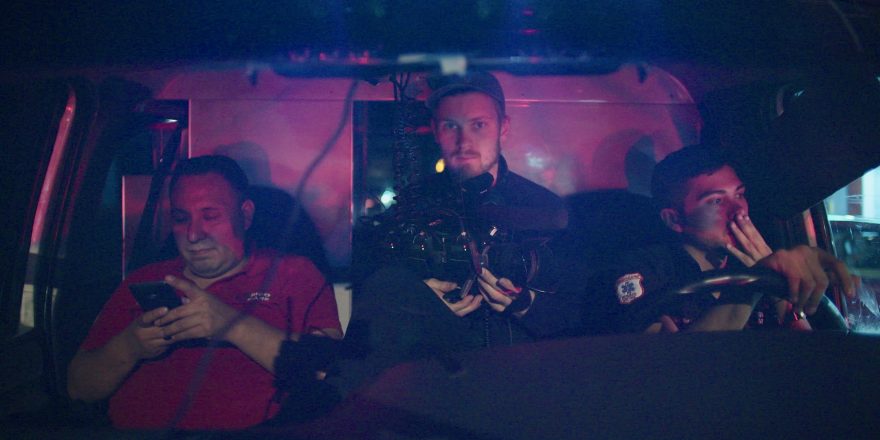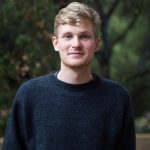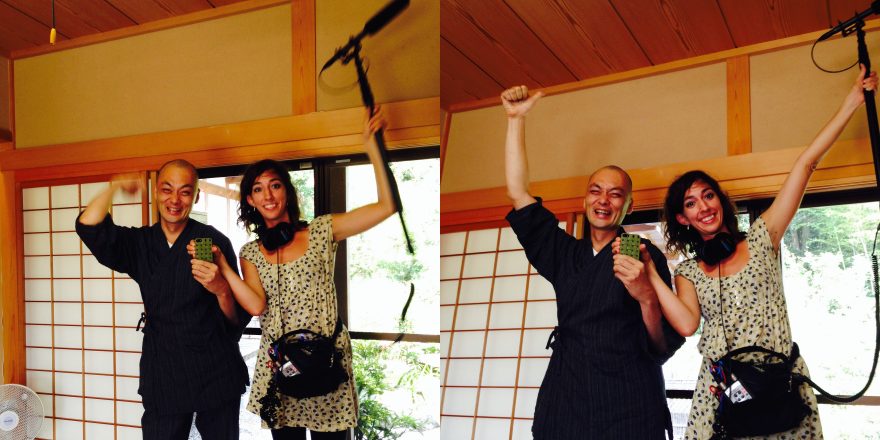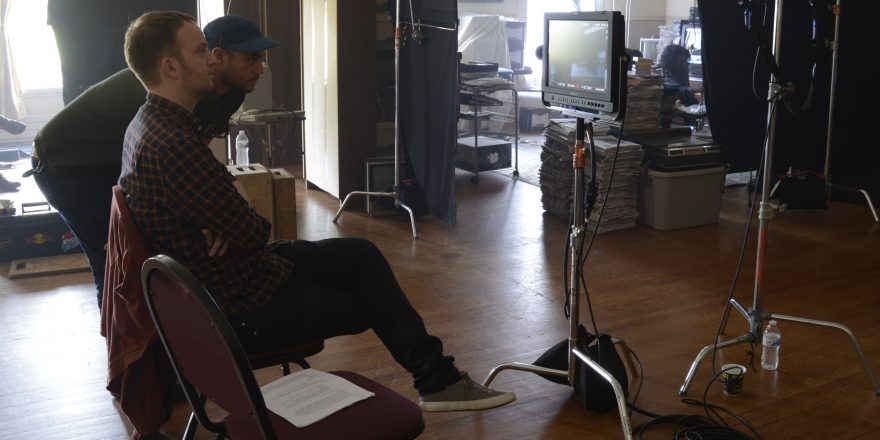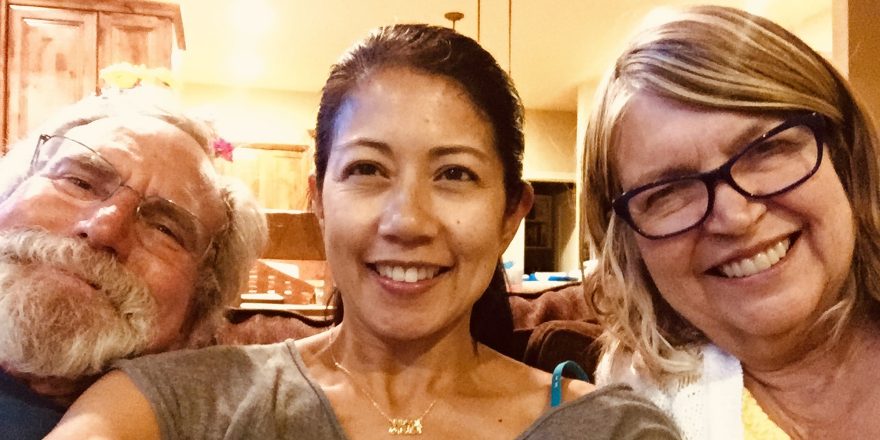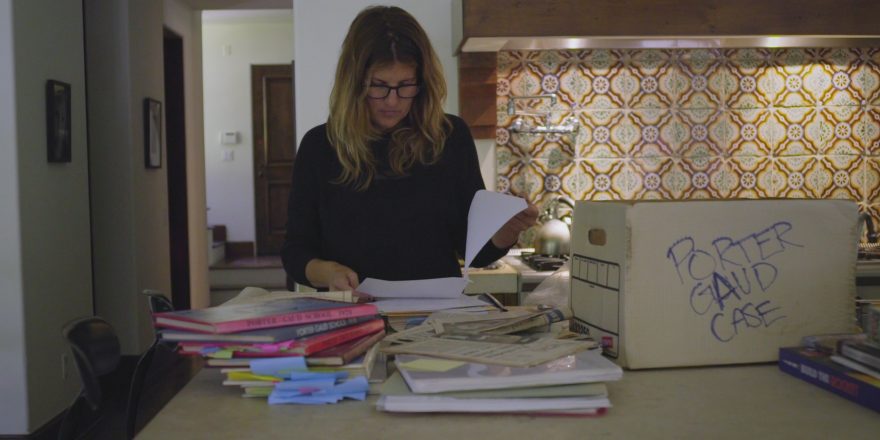As I grow as a documentary filmmaker, I find myself increasingly focused on the craft of building trust with the people I film. Over the past several years, I’ve come to believe that the entire strength and integrity of my films depend on the strange and complex filmmaker-subject relationships that often take years to nurture and understand. I use the word “craft” because I like to think of this process of getting to know people as an active pursuit that takes time, intention, and experience. Just as a painter develops his or her work by putting in thousands of hours with each brush, I as an observational filmmaker must learn how to best connect with individuals from all walks of life.
This past week, I flipped through the production journals that I kept while making my new film, Midnight Family. Over four years, I filled 14 brown notebooks with scribbles that chronicled my process and the growth of my relationship with the Ochoa family, the protagonists of the film. I was eager to revisit how my understanding of them as people – their personalities, perspectives, and complexities – evolved over the years we spent together and how my approach to making Midnight Family was shaped by our emerging friendship.
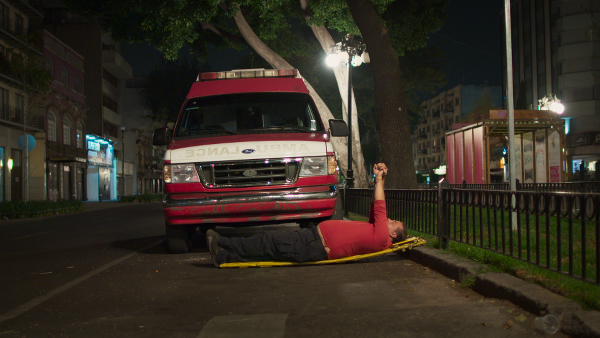
Midway through the first journal, I came across a page that brought tears to my eyes. In the top right corner was a phone number, followed by a messy scrawl: “Awesome ambulance!!!” The number belonged to Fernando (“Fer”) Ochoa, and the note marked the day in January of 2016 when we spontaneously met outside my apartment in Mexico City. The back doors to his red ambulance had been propped open as his family slept on medical stretchers in the afternoon sun. The image stopped me in my tracks.
In that moment, I wanted to know how Fer’s family ended up in an ambulance. What was their work like? What kinds of things did they see? Feel? Reflecting back, it’s by no means inevitable that I would have noticed them, let alone stopped to say hello. There is always a good reason to just keep walking and ignore the fleeting sources of inspiration the world sends my way. But I’ve come to believe that unexpected encounters are fundamental to finding people worth getting to know – that meaningful connections, the bedrock of any good story, often come from unusual places. And though I didn’t fully grasp its importance four years ago, I now see this mindset of active curiosity as essential to my process as a filmmaker.
I tapped on the ambulance windshield, and a sleepy Fer opened his eyes. Trying to smile, I introduced myself as a filmmaker from the United States (a good smile can be a magical door-opener). One thing led to the next, and Fernando was quick to let me ride along in the ambulance later that evening to see his family work. More often than you might think, the curiosity is mutual. All I did was start a conversation with somebody I otherwise never would have met, and I now found myself in an entirely new world.
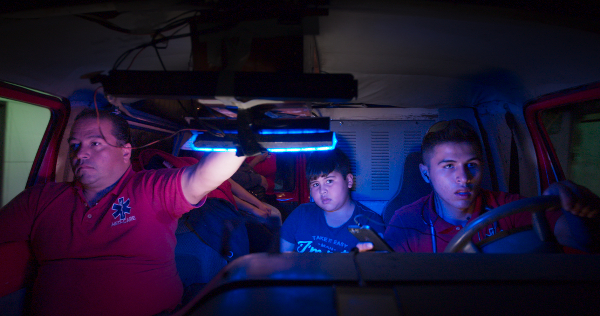
That first night, I was introduced to a shocking reality. I learned that the Mexico City government operates fewer than 45 public ambulances for a population of 9 million people. My head spun with ethical questions as I watched the Ochoas respond to life-threatening accidents as part of a loose system of for-profit emergency responders.
Over the next three months, I rode in the Ochoas’ ambulance every night, joining them around two in the afternoon and staying until seven or eight the following morning. From the first few days together, I felt an urgent need to prove that having me around was more interesting (and no more obtrusive) than not having me around – no small feat given the annoying amount of equipment involved in making a film. In other words, some of the first challenges to building trust with the Ochoas were logistical. My body language and way of physically moving in and out of the ambulance became an art unto itself, an essential part of showing that I was both highly competent and easygoing. The moment I held them up or got in the way would be the moment they’d let me go.
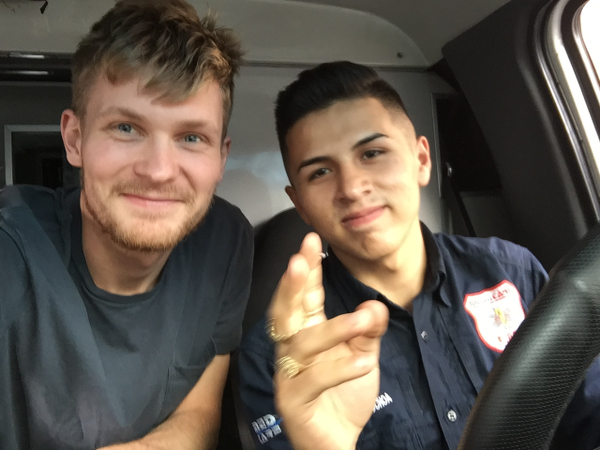
I then needed to somehow communicate to the Ochoas that they could comfortably make mistakes on camera – at times incredibly questionable errors that involved the lives of vulnerable patients. I wanted each person in the family to know deep down that I would not react or judge when corruption and wrongdoing grabbed them by the throat. For example, I did everything I could to not blink when the Ochoas asked desperate patients to pay for transport to a hospital. It was my job to patiently watch and ask thoughtful questions, with a firm dedication to understanding why this family made the decisions it made. After steadily showing up and being with them night after night, I could feel the Ochoas’ level of comfort grow with me being present in tricky situations.
As the months passed and my friendship with the Ochoas deepened, I learned about the darker sides of their work. I discovered that they were not all certified as EMTs and that their ambulance was unregistered and not always fully equipped. While they provided much-needed services to a city in dire need of emergency care, I watched their financial insecurity as a family affect their treatment of patients. At the same time, as their frequent run-ins with bribe-demanding police officers made clear, the Ochoas were operating within an inherently corrupt, dysfunctional system, trying to scrape by like millions of other Mexican families.

As the accidents became more serious and the financial pressure on the Ochoas intensified, lines I hoped they wouldn’t cross drew frighteningly close. With the limits of my own empathy stretched and bent, I realized this emotional and ethical confusion needed to be my film’s central tension.
Two years later, long after I’d stopped shooting and begun editing Midnight Family, I realized I didn’t have the material to fully explore those big ideas. The footage I had at that point could only tell one of two overly simplified stories: the first sugarcoated the Ochoas’ actions in a reflection of my own affection for them, while the second threw them under the bus in an effort to reveal the harsh realities of Mexico’s for-profit healthcare system. The best version of the film needed to navigate a fine line between those two extremes, and would depend on the Ochoas letting me capture a level of vulnerability that I simply hadn’t yet earned.
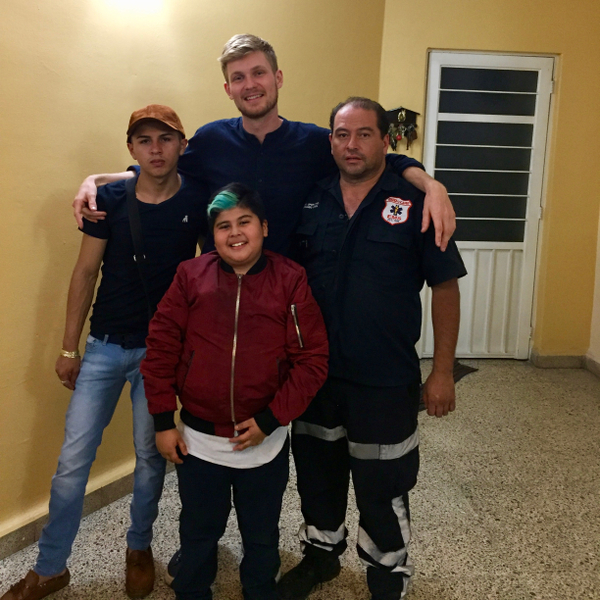
The film’s lack of intimacy was evident to viewers, and my initial cut of Midnight Family was rejected by Sundance in the fall of 2017. Despite wanting to move on to a new project, my producer, Kellen Quinn, and I decided to give Midnight Family another full year to see what would come with more time. I returned to the Ochoas’ ambulance for a final round of shooting. Having stayed in close touch via WhatsApp calls for months, our relationship had continued to grow despite my physical absence. There was also something undeniably special that resulted from me coming back to Mexico City and resuming my nightly routine with the Ochoas, 4 a.m. tacos and all. By then, the family and I had known each other for three years, and there was an openness in their actions that hadn’t been present in earlier shoots. In a few short weeks, I was able to capture simple, straightforward scenes that showed a far more nuanced picture, because I was part of their lives. Finally, both the Ochoas and I were able to trust that their family’s most vulnerable and compromised moments would also be their most sympathetic and human. We both needed to learn that the more intimate my footage got, the more it showed them as they really were. Despite their flaws, I knew the Ochoas were lovable people, and I had to trust that audiences – if given the full and unfiltered story – would feel that way, too. Following this through was a giant leap of faith that we needed to take together.


